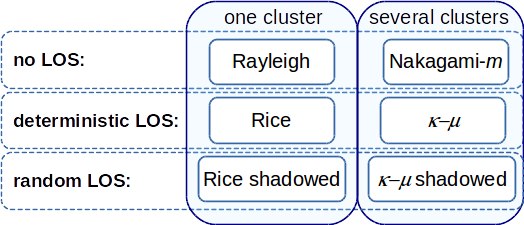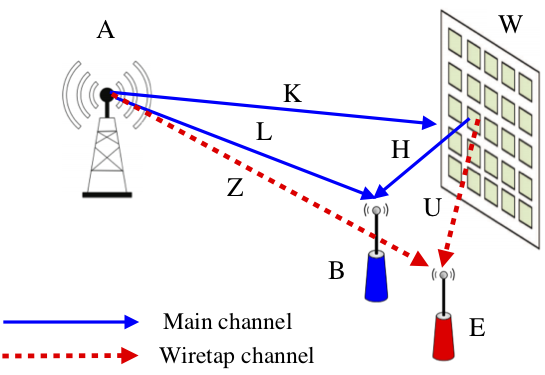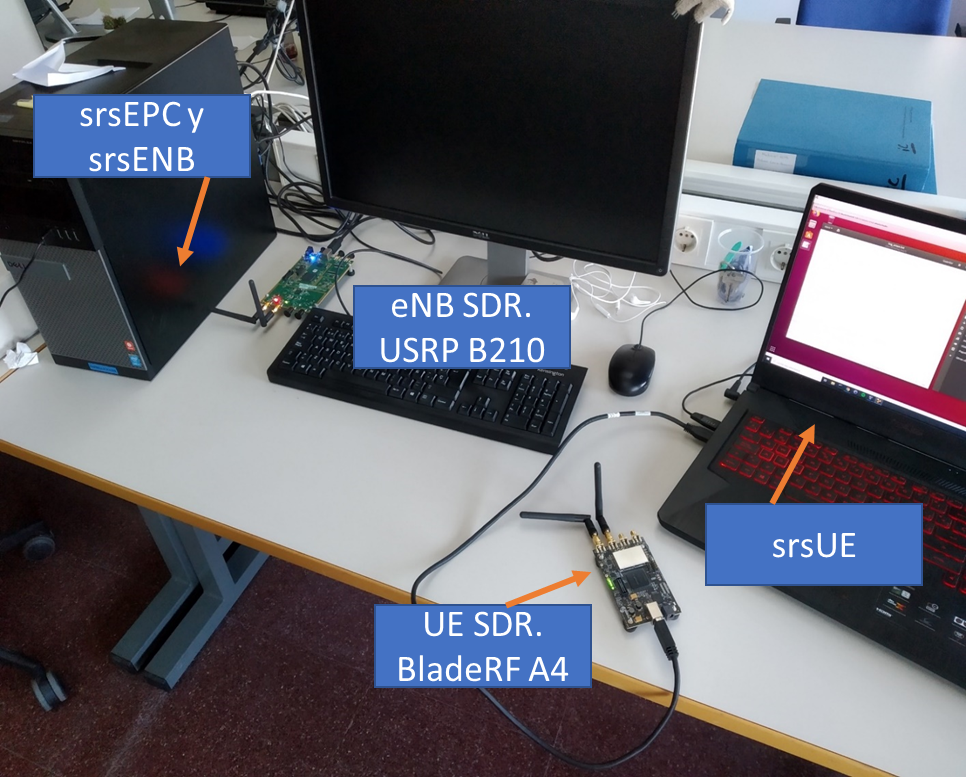COMSP Research Areas
AI/ML-based solutions for 5G/6G physical layer
The general objective of this activity is to propose techniques based on artificial intelligence (AI) and machine learning (ML) that improve the physical layer performance of 5G and 6G networks at the radio interface, including many different aspects suh as channel state information (CSI) compression, channel estimation, beam prediction, or random access channel configuration, among others.
 |
Channel Modeling
An accurate characterization of the channel behavior is of paramount relevance in communications, in order to properly capture the nature of the propagation characteristics of the scenario. We have a strong background in stochastic channel modeling, both in wireless (RF, underwater, optical) and wired (power line communications) environments.
 |
Communications through reconfigurable surfaces
The application of large and reconfigurable intelligent surfaces (LIS-RIS) in the context of wireless communications has emerged with unprecedented strength, and the potential of these intelligent reconfigurable surfaces as enabling technologies in the road to 6G is being unleashed. However, an important open question remains as to whether (and to what extent) the physical limitations of LIS-RIS will be a determining factor in practice, which could ultimately hinder their applicability in several use cases (URLLC, physical layer security).
 |
Power Line Communications (PLC)
Power Line Communications (PLC) systems use power grids as a medium for transmitting information in addition to energy. Thus, PLC is a “no new wires” technology with multiple applications, to name only two very interesting ones: indoor local area networks, often serving as broadband backbone for WiFi hotspots; and smart grid management networks, requiring lower bandwidth but in multi-node and larger topologies. Our group performs research activities in tasks such as: characterization, measurement and modeling of PLC channels, signal processing applications for PLC devices, modem design, system performance evaluation, etc.
 |
Software defined radio (SDR) and hardware accelerators
Flexible and reconfigurable radio platforms allow users to adapt the radio's functionality through software updates rather than hardware modifications. In SDR, FPGA prototyping accelerates critical signal processing algorithms, enabling real-time, high-throughput, and low-latency radio transmissions. By combining the flexibility of SDR with the parallel processing capabilities of FPGAs, designers can achieve a powerful and adaptable radio platform that can be customized to meet the evolving demands of diverse wireless communication standards.
 |
Underwater Acoustic Communications (UAC)
Underwater Acoustic Communications (UAC) is the most successful technology for signal transmission in underwater environments, with advantages over the transmission of electromagnetic waves in radio or optical bands that face higher attenuation. Applications of UAC systems include: conservation and monitoring of the marine environment, advancement of underwater defense systems, or support of the fishing and aquaculture sectors. Our group carries out research activities in: characterization, measurement and modeling of UAC channels, signal processing of underwater signals, systems for marine sensor networks, development of prototypes for transmission, system performance analysis, etc.
 |
Contact Us
 |
Tel: (+34) 952 134 166 |